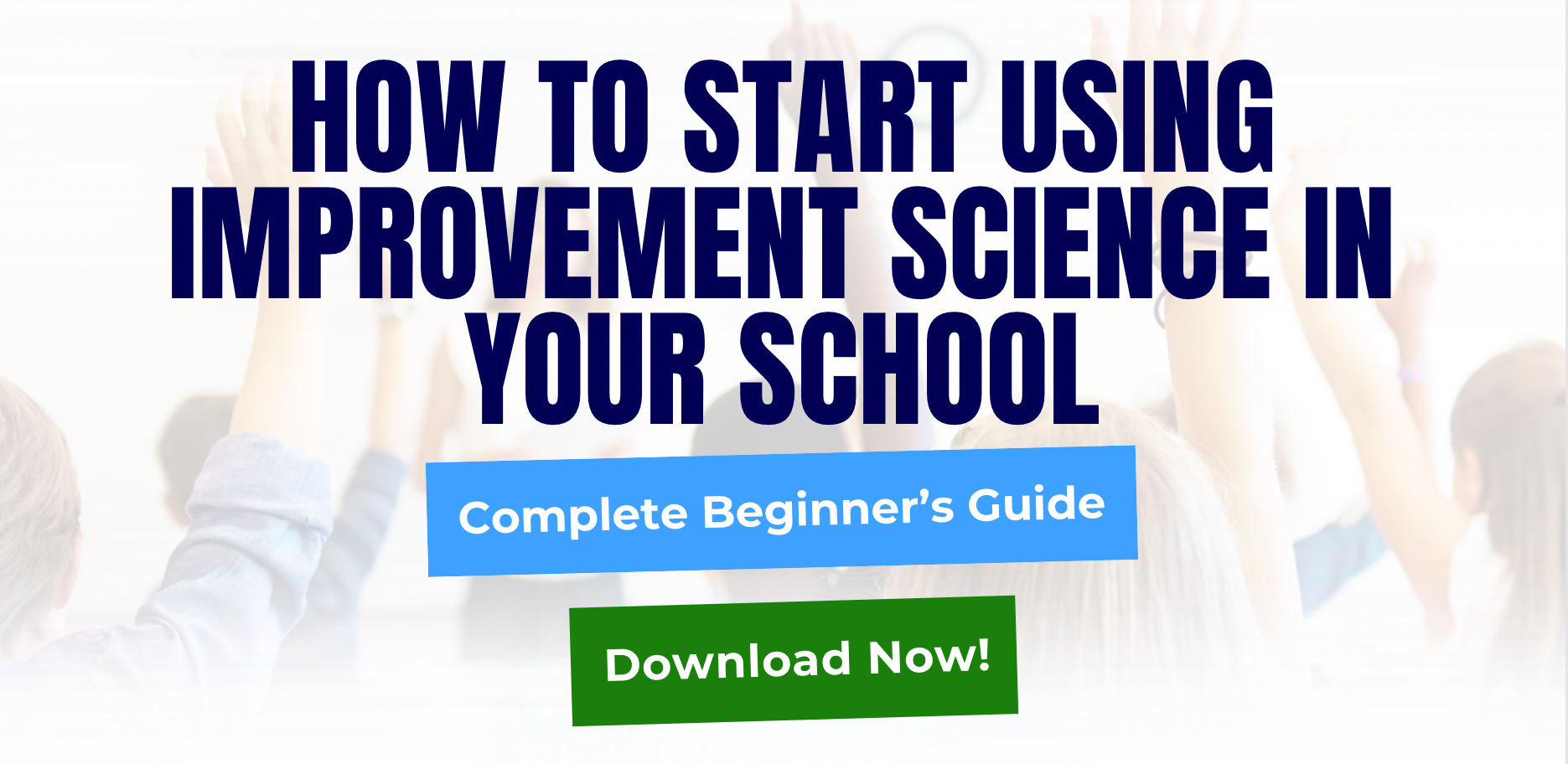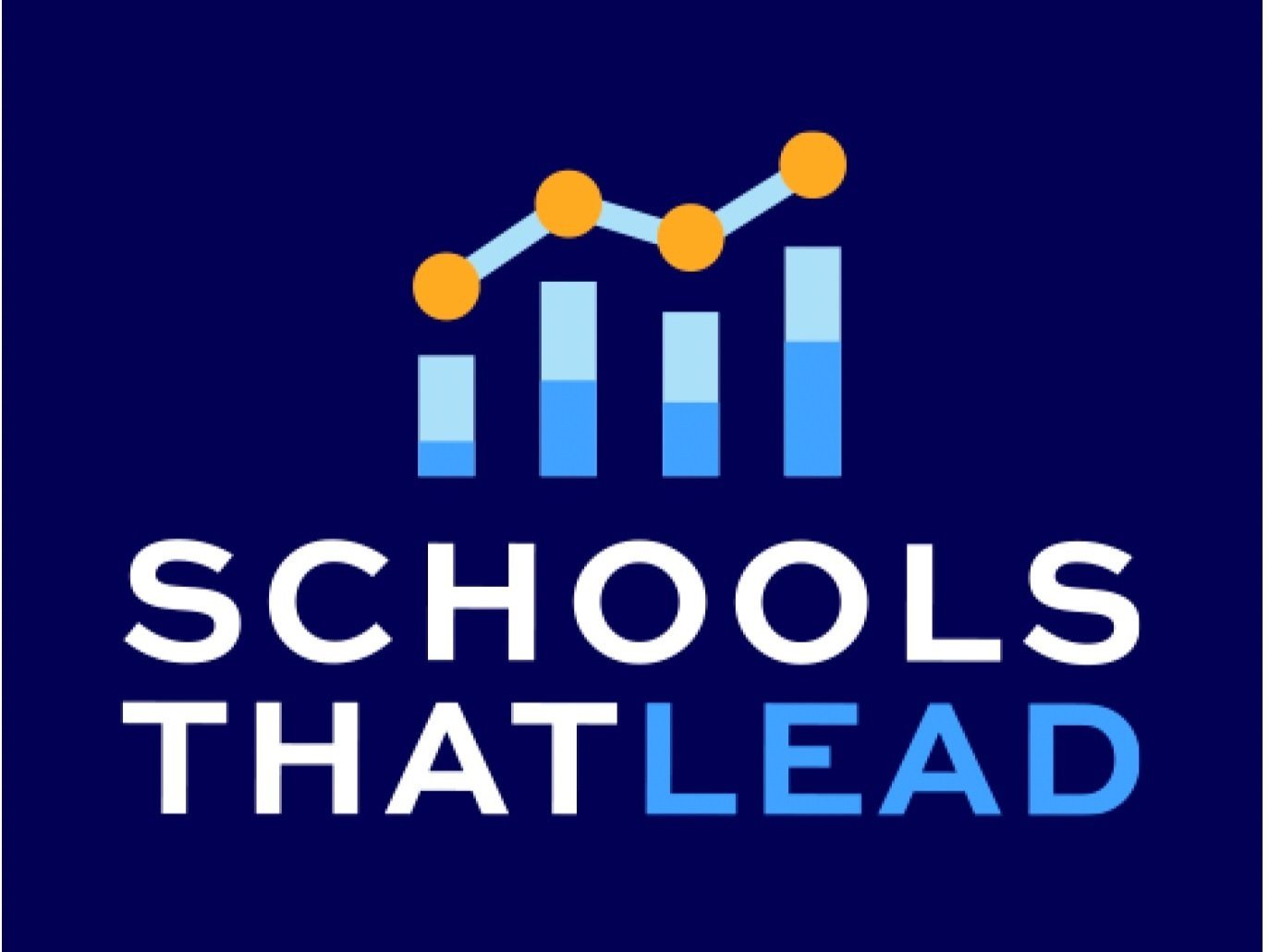How to Create a School Improvement Plan
For schools in need of positive change, a school improvement plan based on improvement science is the framework to follow for lasting results in boosting student attendance and graduation success rates. This involves applying school improvement strategies that are robust and comprehensive.
Creating a school improvement plan that generates noticeable results requires more than establishing goals. Like building a high-performance race car, the school improvement plan must incorporate diverse components into a unified whole, engaging educational leadership at every step.
The framework of improvement science provides the blueprint for constructing a strategic school improvement plan revved up to accelerate across the finish line in achieving the goals set for academic achievement. This strategy aims to bridge student achievement gaps and foster educational equity through data-driven education strategies.
“Teachers continue to believe that their students are struggling: 70% report that their students are behind academically,” the team at Educators for Excellence (E4E) writes in an analysis of their new, national survey of American teachers.
After seeing some progress between 2022 and 2023, the new report reveals that the percentage of teachers who think their students are behind academically has stalled out at more than two-thirds. This perception is backed up by the test results from NAEP and NWEA, which show a similar slowing down of the efforts to catch kids back up.
Step-by-Step Guide on How to Create a School Improvement Plan
Improvement science offers an evidence-based framework for creating a school improvement plan that leads to sustained, fundamental changes within the community rather than quick fixes. This comprehensive guide outlines the key phases of utilizing improvement science to develop a strategic school improvement plan that turns priorities into results.
Phase #1: Identify Opportunities for Improvement
The first phase of creating a school improvement plan involves comprehensive data analysis to pinpoint strategic priorities for school-wide improvement. Improvement science requires gaining a deep understanding of the complex problems a school faces before SIP implementation.
How to Identify Opportunities for School Improvement:
Review student academic achievement data across subjects and grade levels. Analyze trends over time. Look for patterns indicating areas of strength as well as chronic gaps in performance.
Examine student growth data to reveal how much students are progressing each year. Stagnant or inadequate growth trajectories indicate a need for intervention.
Analyze the yearly graduation success rates, rate of college enrollment, and similar milestone indicators to see how well students are prepared for future success.
Review other quantitative data like chronic absenteeism rates, disciplinary infractions, attrition rates, and stakeholder survey responses to spotlight potential problem areas.
Gather qualitative insights from stakeholders. Solicit input from teachers, staff, administrators, students, families, and community partners via interviews, focus groups, advisory committees, or other avenues. Ask stakeholders to identify issues affecting the school community, barriers to success, and ideas for improvement initiatives.
Synthesize findings across data sources to define strategic priorities. For example, data may show stagnant literacy achievement, significant achievement gaps for English, and survey feedback indicating classroom management strategies need improvement. This synthesis might lead to selecting priorities like improving literacy outcomes, accelerating student performance in English class, and boosting student engagement school-wide through targeted school improvement strategies.
Select a focused set of 3-5 strategic priorities to provide direction and enable concentrated effort. Avoid diffuse plans that attempt to tackle too many disjointed initiatives.
Thorough analysis of varied data sources ensures strategic priorities are empirically grounded and reflect stakeholder feedback. This evidence-based approach increases buy-in while targeting improvement efforts where needed the most.
Phase 2: Establish Measurable Goals
When priority areas have been identified through empirical analysis, the next phase involves establishing measurable goals linked to each priority. Improvement science principles stress the importance of articulating specific goals that will spur action and enable measurable progress.
Effective goals are specific, impactful, actionable, and time-bound. For example, a goal to improve 3rd grade reading proficiency from 60% to 80% by the end of the 2024 school year is clear on the desired result. Consider both short-term and long-range goals; also ensure goals ladder up to the overarching vision. Ask stakeholders like teachers to weigh in on proposed goals to promote shared ownership. Goals provide the yardstick against which to monitor progress, so ensure they are grounded in baseline data.
Phase 3: Understand Root Causes of Identified Problems
The next step in the improvement science framework is investigating root causes. Simply implementing solutions without understanding what is causing the underlying problem often leads to superficial results or unintended consequences.
Conducting root cause analysis reveals factors influencing each priority area identified. Asking "why" five times, peeling back each layer as new factors emerge, illuminates systemic issues that must be addressed for meaningful change. Diagramming processes using systems maps helps teams conceptualize interconnections and relationships among variables. These maps illustrate how problems are part of dynamic systems, not isolated issues. For example, digging into the root causes of low literacy grades may reveal issues like inconsistent reading curriculum, knowledge gaps among educators in effective literacy instruction, minimal collaboration time for teachers, and a lack of Tier 2 interventions. Root cause analysis allows targeted problem solving of underlying drivers rather than just reacting to surface-level symptoms.
Phase 4: Develop Targeted Strategies and Plan Logistics
After isolating the root causes of a school’s problems, educational leaders can shift to developing targeted strategies in response to the factors identified. For each priority area, brainstorm innovative ideas based on best practices learned from actions taken by other schools and the latest educational research and training that addresses the diagnosed root causes. Consider how new strategies integrate with existing initiatives and build upon strengths.
Develop a cohesive, logically-sequenced improvement plan that articulates:
Strategic priorities and goals
Performance metrics and assessments
Detailed improvement strategies
Owners responsible for carrying out key actions
Professional learning needed to build capacity
Required resources (human, material, technological, and financial)
Timelines for rollout, milestones, and monitoring
Processes for collecting, analyzing, and reviewing data
Avenues for stakeholders to provide input and feedback
Improvement science requires a collaborative effort so that all stakeholders feel invested in the plan's success. Assign clear owners for each problem area to distribute responsibility. Then, seek input from diverse stakeholders throughout the planning process to broaden thinking and foster shared ownership. Develop communication plans to explain the improvement logic and gain buy-in across the school community. With a comprehensive plan established, the hard work of implementation begins.
Phase 5: Plan for Continuous Improvement Cycles
School transformation requires persistently testing and refining strategies. Improvement science emphasizes designing rapid cycles of learning from action. Plan regular check-ins matched to implementation timelines to examine how the rollout is progressing across priority areas. Provide channels for the school improvement network to share challenges, suggest adaptations, and exchange ideas. Adjust the course as needed based on regular analysis and feedback. Use data to determine what's working well versus what requires troubleshooting.
Improvement science also involves the testing of changes through small pilots before scaling initiatives school-wide, and across entire school districts. Pilots allow for safe experimentation and modification of strategies. Once initiatives demonstrate success with a smaller group, they can be expanded gradually across the school. Avoid rapid, sweeping changes before understanding how they will function long term. Build in processes for ongoing learning, feedback, and incremental scaling enable continuous school improvement versus episodic periods of reform. Sustaining improvement requires persistent engagement from stakeholders, so keep staff, students, families, and community partners updated on progress.
Phase 6: Monitor Outcomes and Track Progress
While continuous tests of change fuel iterative refinement, educational leadership must also step back periodically to evaluate progress toward priority goals. A cornerstone of improvement science is linking measurable outcomes to specific improvement initiatives. Determine what mix of quantitative and qualitative data will best determine the impact:
Quantitative data like proficiency rates, graduation results, grades, discipline referrals, and attendance provide hard evidence of progress in priority problem areas.
Qualitative data offers insights into people's experiences, implementation issues, and suggestions for improving the plan.
Use a mix of lagging outcome indicators and leading process indicators:
Lagging outcome indicators (like proficiency rates) demonstrate the ultimate goal but can only be assessed periodically.
Leading process indicators (like interim assessment results) provide rapid feedback for course correction as change unfolds.
Compare progress data to baseline metrics to quantify school improvement over time. Visual data displays help stakeholders grasp progress and areas still needing work. Ensure sufficient systems and skill sets among staff to manage data collection, analysis, and sharing. Continuously evaluating outcomes accelerates learning about what works while pivoting unsuccessful initiatives.
The Bottom Line
Creating a school improvement plan is a dynamic and multifaceted process that goes beyond mere goal-setting. It demands a rigorous, evidence-based approach grounded in improvement science. This method encompasses a deep dive into data analysis, establishing measurable goals, understanding the root causes of complex problems, and developing targeted strategies for continuous improvement. Key to this process is the engagement and collaboration of all stakeholders, ensuring that every phase, from the identification of opportunities to monitoring outcomes, is inclusive and well-informed. Ultimately, this approach is not a quick fix but a journey towards sustained improvement, requiring commitment, adaptability, and continuous learning. Schools embracing this methodology can expect to not only meet but surpass their goals, fostering an environment of excellence and high achievement for all students.
Learn how Schools That Lead helped North Carolina educators create their own strategies for managing the students in their care and improving student outcomes, such as a greater decline in chronic student absences than the state average.
FAQS
-
A School Improvement Plan (SIP) is a strategic blueprint designed to enhance academic achievement and address systemic issues within schools. It employs improvement science to identify priorities, set measurable goals, and implement targeted strategies, ensuring sustainable progress and higher graduation rates through rigorous data analysis and community involvement.
-
An effective SIP incorporates comprehensive data analysis to identify improvement opportunities, sets measurable, specific goals, and determines strategic priorities. It includes detailed strategies, assigns responsibilities, outlines required resources, and sets timelines for implementation. Continuous stakeholder feedback and regular data review are crucial to adapt and refine the plan.
-
School leaders can drive SIP success by ensuring clear goal-setting, promoting stakeholder involvement, and maintaining open lines of communication. Effective leadership involves fostering a supportive culture for change, distributing responsibilities clearly, and monitoring progress closely to make necessary adjustments, thereby ensuring the plan's objectives are achieved efficiently.
-
Challenges in creating SIPs include aligning diverse stakeholder expectations, overcoming data interpretation hurdles, and managing resource constraints. These can be overcome by engaging all community members in the planning process, ensuring rigorous training in data use, and securing adequate resources through focused funding and strategic partnerships.
-
A SIP should be a living document, reviewed and updated at least annually. This ensures the plan remains relevant by incorporating new data, addressing evolving educational needs, and integrating fresh perspectives based on implementation feedback. Regular updates are vital for achieving the SIP's goals.

DANA C. DIESEL
Dana is President and CEO of Schools That Lead, Inc. She also teaches courses at Wilmington University on the use of improvement science in schools to students pursuing their doctorates in educational leadership.


